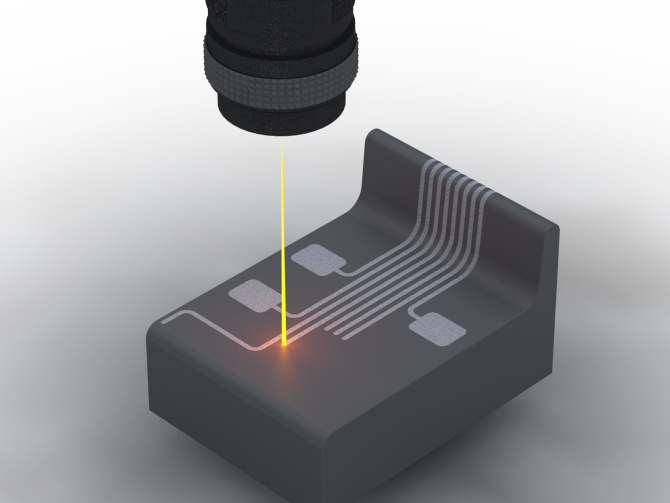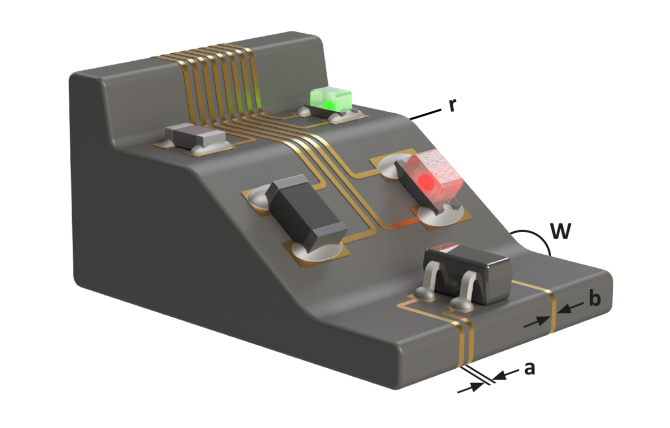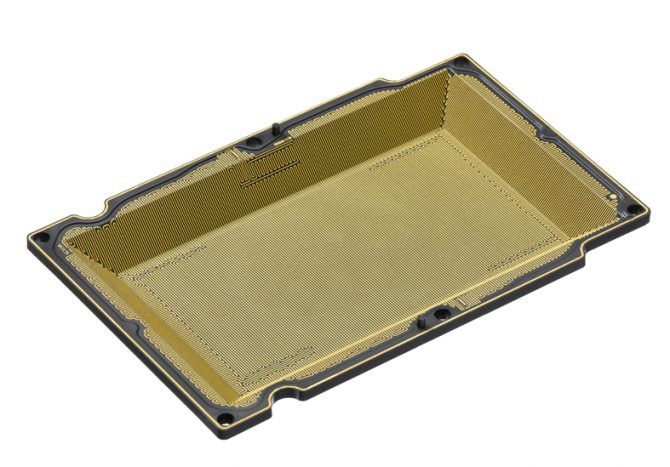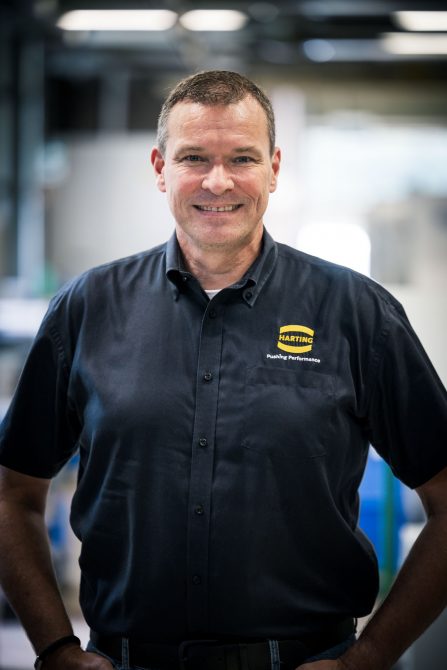Electronic assemblies without PCBs – Electronic Products & TechnologyElectronic Products & Technology
Laser immediate structuring (LDS) is a exclusive good results tale. For practically 20 decades, it has been possible to apply digital conductor paths directly on to plastic areas for the duration of series output. LDS allows the generation of digital assemblies with adaptable geometric styles. This system enables electronic items (these kinds of as smart phones, sensors or medical equipment) to become even smaller and far more effective. Automated producing procedures also make this process much more economically attractive.
There is a lot less and a lot less space offered for digital assemblies, so alternatives are necessary which change typical printed circuit boards. LDS enables even more miniaturization and makes significantly complex geometric patterns feasible. This is a stable and dependable procedure that has established itself in high quality-critical sectors these as healthcare technologies or protection-appropriate components for the automotive sector.
LDS approach allows a few-dimensional assemblies
Direct laser structuring allows 3D-MID (Mechatronic Built-in Equipment) assemblies to be created. When using 3D-MID, electronic elements can be fitted straight on to a three-dimensional base overall body, without having circuit boards or connecting cables. The foundation physique is produced using an injection moulding method, whereby the thermoplastic content has a non-conductive, inorganic additive.

The composition of the conductor route is utilized using the LDS process.
LDS allows electronic assemblies to be designed in adaptable geometric styles. Intelligent telephones, listening to aids and smart watches are becoming lesser and far more powerful thanks to this system. Source: Harting
The additives in the substance are “activated” by direct laser structuring so that the plastic substance can accommodate the electrical conductor paths. The laser beam writes the areas meant for the conductor paths and creates a micro-rough structure. The produced metallic particles kind the nuclei for the subsequent chemical metallisation. In this way, the electrical conductor paths are applied to the parts marked by the laser. The other spots of the 3-dimensional base overall body continue to be unchanged. The plastic part can then be assembled in regular SMD processes comparable to a standard PCB. It is also suited for soldering in a reflow oven.
Multipurpose software of laser technological innovation
As one of the most significant suppliers of 3D-MID factors outside of Asia, HARTING works by using higher-overall performance laser devices for the LDS method, with a few lasers doing work in parallel, every single offset by 45 degrees. Thanks to an more axis of rotation, factors can be processed by the laser concurrently from all sides (360 degrees). This technological know-how allows versatile geometric styles, such as reflector shells or LED lights, to be designed. Despite the negligible conductor route thickness of 16 to 20 μm, the conductor paths are still suitable for demanding automotive parts or for applications with currents up to 10 A – for instance for heating coils in cameras which are employed to avoid the optics from fogging up

Least distances concerning the conductor paths (a): 50 – 150μm. Bare minimum width of the conductor paths (b): 50 – 150μm Radius (r): .2mm. Resource: Harting
Recurrent changes during the electronics improvement stage or new parts with modified dimensions can guide to expensive adjustments through standard PCB creation. The laser structure, in distinction, can be adapted extremely flexibly by utilizing the parameters of the laser’s command software package. No alterations in the injection moulding are essential for this.
The generation of prototypes applying LDS is also much easier in comparison to traditional procedures. HARTING can make the plastic foundation entire body applying LDS-suitable materials and 3D printing. Injection moulding can also be used with inexpensive prototype instruments.
New developments in the LDS procedure
Numerous factors of LDS technologies have been improved and more designed about the past several many years.
- The operating place of the laser has been enlarged from 160 x 160 x 80 mm to 200 mm x 200 mm x 80 mm, so enabling a greater packing density and the processing of even larger parts.
- The working speed of the laser can be doubled to 4 m/s by optimizing the servo models and mirrors which tutorial the laser beam, thereby noticeably lessening the processing time.
- The improvement of the optics permits the use of a laser with a diameter of 100 μm and a laser with a great emphasis of 50 μm for processing even smaller constructions.
HARTING is the only 3D-MID manufacturer in the earth that has a laser technique with 3 high-quality focus optics of 50 μm. Even scaled-down conductor path gaps can be achieved many thanks to this great focus laser. Consequently, quite a few conductor paths can be developed on the very same ingredient and a larger packing density can be applied. This is used for basic safety technological innovation, between other factors, due to the fact the closely spaced and intertwined conductors are capable of triggering safety alarms from even the smallest physical interference.
Innovations in products and economics
Only specifically picked thermoplastics are certified for the LDS system these are obtainable from stock. The course of action can be additional improved with customer-particular adjustments to the plastic materials:
- HARTING utilizes a approach which provides LDS additives to non-certified materials to make them MID-appropriate.
- Particular RAL or Pantone colours can be accomplished with MID plastics by working with colour pigments and exclusive LDS additives.
- By picking out suitable additives, special RF qualities can also be carried out, relying on the frequency range.

Digital components – such as LEDs, ICs, photodiodes and sensors – can be hooked up directly onto the part provider. The assembled ingredient carriers can then be processed as typical SMD components. Supply: Harting
To further more enhance the price tag-effectiveness of the producing procedure, HARTING relies on automated robotic devices. The LDS laser process is equipped with a rotary indexing desk so that a part can be inserted or removed whilst a different element is nonetheless staying processed. The in-feed and unloading strategies are automatic by HARTING employing robotics. This raises throughput and autonomy, while also enabling integration into automated output procedures. An further automation action is presented throughout the injection moulding course of action. Listed here, as well, a robot takes above the removal of the injection moulded areas. The use of robotics also enhances the exact reproducibility of the procedures and, as a result, general product or service quality.
Additional development for 3D-MID

The 3D-MID caps secure the electronics from unauthorized accessibility each mechanically and electronically. A really exact meandering composition detects every obtain, no subject how smaller, and consequently helps prevent theft. Resource: Harting
HARTING reviews improved demand from customers for MID initiatives and has even further expanded the 3D-MID division by investing in equipment and by attaining a competitor’s small business. Revolutionary in-household products are also contributing to additional progress. HARTING has designed a remedy dependent on 3D-MID technology which replaces adaptable PCBs with a part carrier. Instead of working with a flex-PCB, the part carrier can be equipped instantly with electronic factors, thus conserving up to two thirds of the price.
—————————————-
About HARTING 3D-MID
HARTING 3D-MID is offering the complete value chain for 3D-MID technologies from a one resource, including development/prototyping of buyer-precise merchandise, injection moulding, laser immediate structuring, metallization, assembly and connection technologies, as effectively as closing inspection. Its main small business is the production of mechatronic components for auto producing, marketplace, health-related engineering and sensor systems.

Dirk Rettschlag, task supervisor & IE MID at Harting MID.
